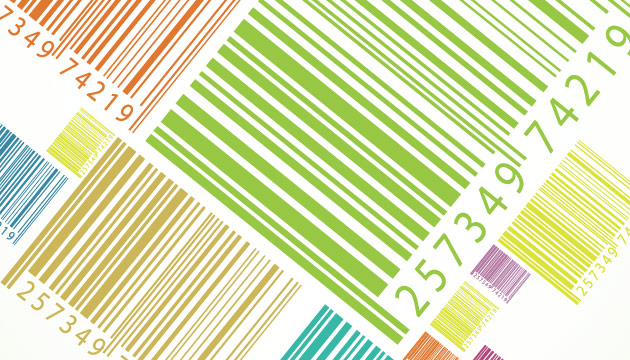The Post-Recession Consumer Is Here to Stay


Will you do us the honor and join our team of authors?
To write for the SohoBlog, contact us at [email protected]
(Shakespearean prose not required.)

Economic reforms implemented by the government and the Federal Reserve since 2008 have been aimed at getting the US out of the worst economic recession since the Great Depression. The actions that were taken to support economic growth and reduce unemployment rates are finally bearing fruit. The US economy is getting up on its feet again, but it is still unclear whether things will ever be the same again.
In fact, most studies suggest that the economic crisis has dramatically and fundamentally changed the way American consumers consume. Even though some would like to believe things will go back to being like they used to, it seems unlikely. Here are some of the reports and studies supporting that notion.
A recent report by Goldman Sachs finds that new bank regulations and capital requirements have created a structural change in the US banking system. The new operating environment created has currently left banks not earning enough to cover their cost of capital. Although this crisis has proved that banking system regulation is much needed, the fundamental changes it has created have slowed recovery in the banking sector. The future is uncertain, but there is no doubt significant change to the banking system has had a comprehensive impact on the US economy and on consumers.
Another supporting study comes from the University of Michigan’s Consumer Sentiment Index (ICS). The index, ranging from a minimum of 0 to a maximum of 200, reflects responses to five general questions about respondents’ perception of their current and future financial situation, of current and future business conditions, and of favorability of conditions for durable purchases.
According to long-term analysis conducted by researchers from Stanford University, the index shows that the recession marks a complete turnaround in consumer confidence after several decades of optimism. It also illustrates that consumers’ economic confidence is not changing in correlation with income growth and spending, and remains relatively low even among high-earning consumers. The fact that consumers’ low confidence has stayed stable for the past five years is an indication that reduced confidence in the economy has become something inherent in consumers’ perceptions.
Another more-simple-to-understand finding is that consumers actually like what is called “The Age of Thrift.” According to US retailers, this new age of consumerism will last between ten to fifteen years. A study conducted by researchers from the University of Warwick and Texas Christian University suggests that there is a consensus among researchers and businesses that the “thriftiness” adopted by consumers during the recession will continue in post-recession years. That consensus is based on the assumption that people who have overconsumed in pre-recession years are now rejecting their old extravagant consuming pattern and prefer to live (rather than being forced to live) a more modest lifestyle.
Some may think things will go back to “normal” soon, but they are probably wrong. This past recession has had a fundamental effect on the US’s economic, political, and social landscape. There is no doubt that what we are witnessing right now, as far as consuming patterns, is the new “normal,” and it is here to stay.
|
|
|